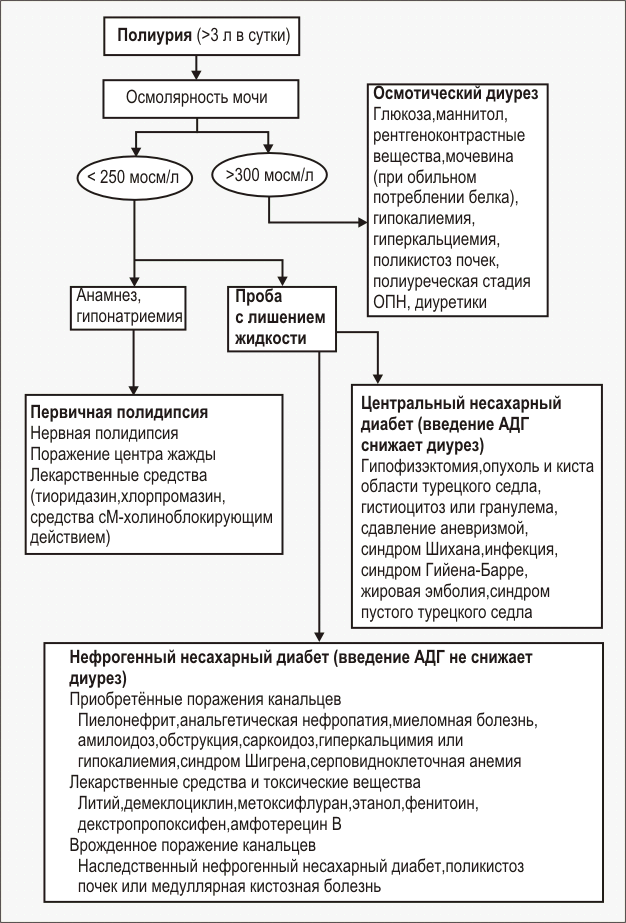Gene family: G-proteins (guanine nucleotide binding regulatory proteins); (@GNBPA @GNBPB @GNBPG)
|
COM |
About 30 genes for G proteins (adenylate cyclase modulators, which stimulate, inhibit, or transduce its activity) are cloned and sequenced; 17 of them are mapped." |
|
SUM |
[1] The family comprises the genes for proteins mediating the
transmembrane signal transmission.
[2] The functional unit is a heterotrimer consisting of alpha (39-54 kD), beta (35-36 kD), and gamma (8-10 kD) subunits. [3] The alpha subunit possesses both the greatest specificity and the greatest variability. It includes the guanine nucleotide binding center and exhibits the ATPase activity. The alpha subunit converts GDP into GTP, therewith dissociating from the trimer complex (separating from beta-gamma dimer). The free alpha subunit interacts with the effector enzyme or ion channel affecting their activities. The interaction with effector terminates when the alpha subunit hydrolyses GTP into GDP and associates with the beta-gamma complex. [4] The beta-gamma complex is a rigidly bound construction. In contrast to the high-specific alpha subunit, beta and gamma peptides of different G proteins are very similar in their biological properties and amino acid content. The commonness of the nucleotide sequence of three known beta subunits reachs 81-90%. [5] G proteins may be classified by cellular location, function, and similarity of alpha subunit amino acid sequence. This similarity varies from 35 to 94%." |
|
LIN |
It is assumed that the linkage groups found in mouse may be found in human as well. Thus, closely linked murine alpha-peptides GNAT1 and GNAI2 (which are homologous to human ones) are located within the following linkage group: Ltw-3 - - Fv-2 - Bgl in chr 9. In turn, human GNAT1 and GNAI2 genes are located in chr 3p21 within a syntenic group, which contains also aminoacylase and beta-galactosidase genes, and probably are closely linked too. Another similar group is that of murine chr 2 and human chr 20, to which GNAS1 is linked." |
|
EAG |
It is assumed that many genes related to the G protein family have remained linked in the course of evolution. See Linkage." |
|
EVO |
The mode of signal transmission exerting by G proteins is very conservative. G proteins is the main link of cell interaction even in primitive eukaryotes. Therefore the G protein family is considered to be very ancient." |
|
REF |
LOC,FAG,EAG "Blatt C &: PNAS, 85, N20, 7642-7646, 1988 CLO,GEN,LOC "Bloch DB &: AJHG, 42, 884-888, 1988 CLO,SEQ,EVO,FAG,SEQ "Bray P &: PNAS, 84, N15, 5115-5119, 1987 EVO "Didsbury JR &: FEBS Lett, 219, N1, 259-263, 1987 SEQ "Fong HKW &: PNAS, 83, N7, 2162-2166, 1986 CLO,SEQ,EVO "Gao B &: PNAS, 84, N17, 6122-6125, 1987 REV,FUN "Gilman: Annu Rev Biochem, 56, 615-649, 1987 GEN "Itoh H &: JBC, 263, N14, 6656-6664, 1988 FAG,SEQ "Kim SY &: PNAS, 85, N12, 4153-4157, 1988 EVO "Lochrie &: Biochemistry, 27, N14, 4957-4965, 1988 REV "Neer, Clapham: Nature, 333, (12 May), 129-134, 1988 EVO "Wilkie TM &: Nature Genet, 1, 85-91, 1992 |

